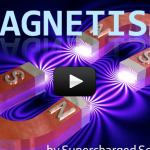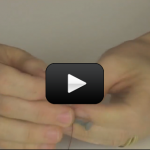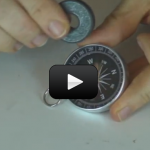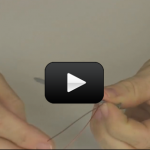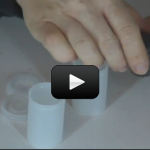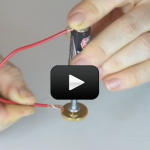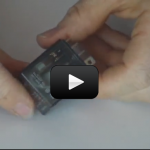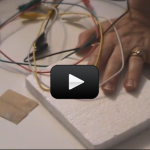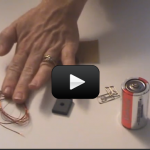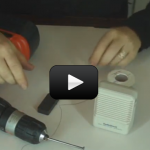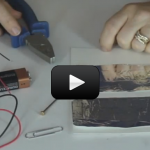This is one of the most important scientific discoveries of all time: moving magnets create electricity. Before this, people thought of electricity and magnetism as two separate things. When scientists realized that not only were they linked together, but that one causes the other, then the physics really started to fly!
In this lesson, we’re going to take a closer look at how magnets create electricity by building electromagnets, galvanometers, motors, relays, telegraphs, and speakers. Are you ready?
One of the four fundamental forces of nature, the electromagnetic force is the one that binds atoms together, allows you to walk down the street, and is solely responsible for bad hair days worldwide. One of the greatest leaps in science was the discovery that the electricity and magnetism were a part of each other, and not separate.
In this lesson, we’re going to take a closer look at how magnets create electricity by building electromagnets, galvanometers, motors, relays, telegraphs, and speakers. Are you ready?
One of the four fundamental forces of nature, the electromagnetic force is the one that binds atoms together, allows you to walk down the street, and is solely responsible for bad hair days worldwide. One of the greatest leaps in science was the discovery that the electricity and magnetism were a part of each other, and not separate.
By the time you're through with this lesson, you'll have created particle accelerators, galvanometers, curie heat engines, unipolar motors, listened to a magnet (no kidding!), and build a working DC motor. Are you ready? This video will get you started on the right foot for your study into electromagnetism:
You can get started by watching this video, and afterward either read more about it or start your experiments!
You can get started by watching this video, and afterward either read more about it or start your experiments!
Scientific Concepts:
- Magnetism is caused by moving electrons.
- Electricity is moving electrons.
- Electricity causes magnetism.
- Moving magnetic fields can cause electrons to move.
- Electricity can be caused by a moving magnetic fields.
- Electricity is a flow of electrons.
- A flow of electrons creates a magnetic field.
- Magnetic fields can cause a flow of electrons.
- Magnetic fields can cause electricity.

